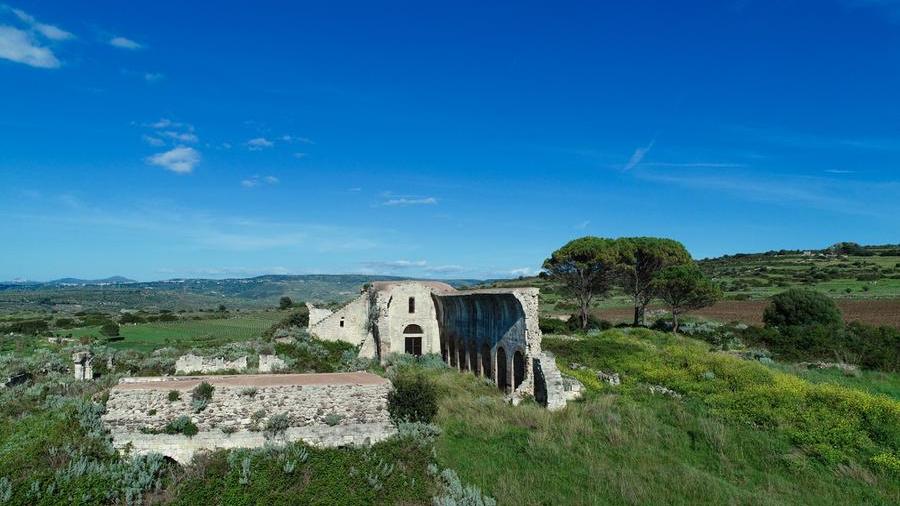Ittiri, hills and olive groves overlooking the sea Traditions, cuisine and a city to discover
The red trachyte colors the course town and the churches tell the important center of medieval Coros
The City of Ittiri, the main center of the historical Coros region, stands on a predominantly hilly terrain, where olive and wine crops abound. Along the valleys, on the other hand, the prized Sardinian prickly artichoke, one of the symbolic products of the Ittiri economy, is cultivated. Approaching the City, we will be immersed in the green of the olive groves, cultivated in the typical Ittirian terraces and bordered by kilometers of dry-stone walls. Famous and renowned is the olive oil that is produced in these lands, the flagship of Ittirian production. Those who come to Ittiri by driving along the S.P. 15\M cannot fail to notice, a few kilometers from the town, on the left, the ruins of the Abbey of Nostra Signora di Paulis (1205), in Cistercian Romanesque style, a unique example of its kind. The site will soon be arranged and made usable, and will become a true open-air museum, the calling card for those visiting Ittiri.
Once in the historic center, it will be possible to admire in the different houses, decorations and motifs in trachyte, in Art Nouveau and Deco style, skillfully carved by Ittirian stonemasons. Located in different views of the town center are, instead, trachyte sculptures made during symposia. In the central Corso Vittorio Emanuele, a historical place for walks «a symbol of beauty for citizens and tourist», overlooks the historic 19th-century Giovanni Bosco building of vague neoclassical influence, where the Coros Museum will be built on the lower floor. A few meters away you can visit the Museum of Modern Art dedicated to painter Liliana Cano, with 90 permanent works.
Also worth a visit is the Franciscan library, housed in the convent, built between 1610 and 1707, where in addition to its architectural beauty, it is possible to observe one of Sardinia's most important historical library heritages. Its rooms house more than 60 thousand volumes of texts, including a very important series of cinquecentine, seicentine, settecentine and an incunabulum. A few minutes' walk takes you to the fountain de S'Abbadorzu in Via Monserrato, characterized by three fountains that spring from as many white marble elements representing fish.
The territory of Ittiri is rich in historical-archaeological and scenic significance. Among the most interesting sites certainly the domus de janas of Sa Figu and Musellos. Also suggestive are the country churches of San Leonardo, Nostra Signora di Coros and San Maurizio. Trekking enthusiasts should absolutely try the “walk” to Monte Torru (633 meters) with the nuraghe of the same name at the top, from whose summit it is possible to catch a glimpse of Capo Caccia. There are several associations that annually organize events of national\international scope. During these events, such as Prendas de Ittiri, which takes place in November, it is possible to witness the preparation and tasting of the typical cake par excellence of Ittiri, the “Pirichitto”, a horseshoe-shaped cake covered with “Sa Cappa” applied by hand to form a white net. Review that brings the name of Ittiri around the world and the world to Ittiri, is the Ittiri Folk Festa, held in the third week of July, now for 38 editions. These, along with other events, are opportunities to admire one of the distinctive elements of Ittiri, the traditional costume, S'estire Ruju, one of the most appreciated on the regional scene for its elegance and richness. «Ittiri is today an important center that keeps alive its craft traditions such as textile and embroidery activities and trachyte processing, as well as its agricultural and food production. It offers tourists the opportunity to visit an area rich in history, – comments Mayor Antonio Sau –. Then the international folk-dance festival sees the participation of artists from all over the world».

